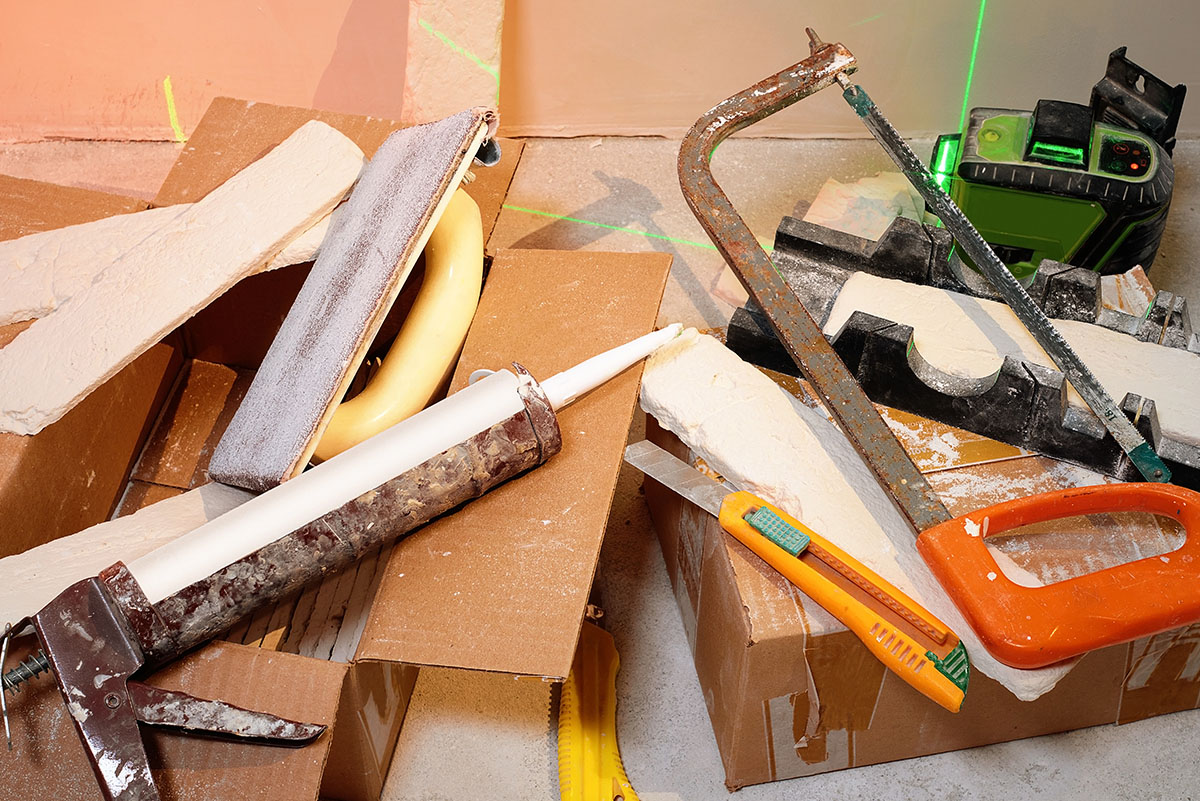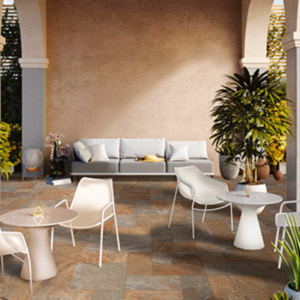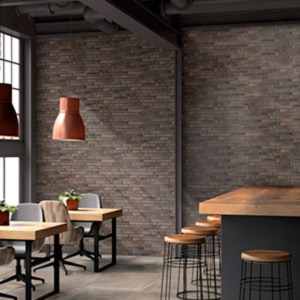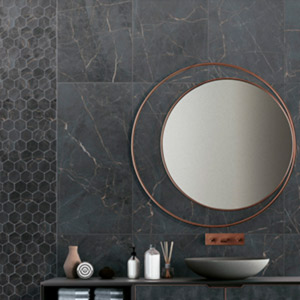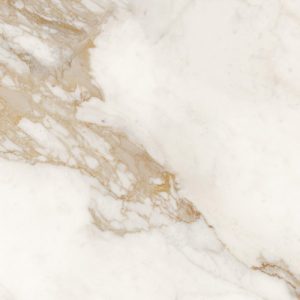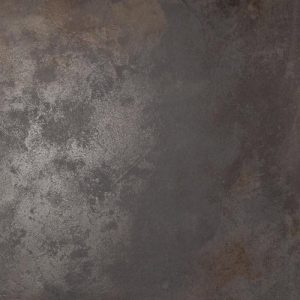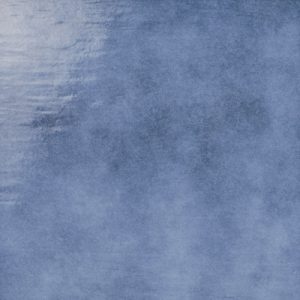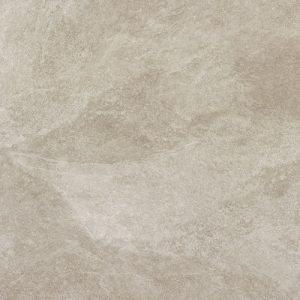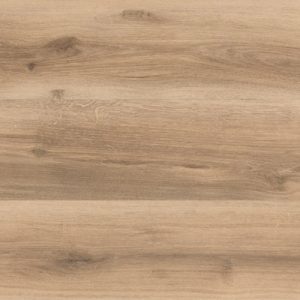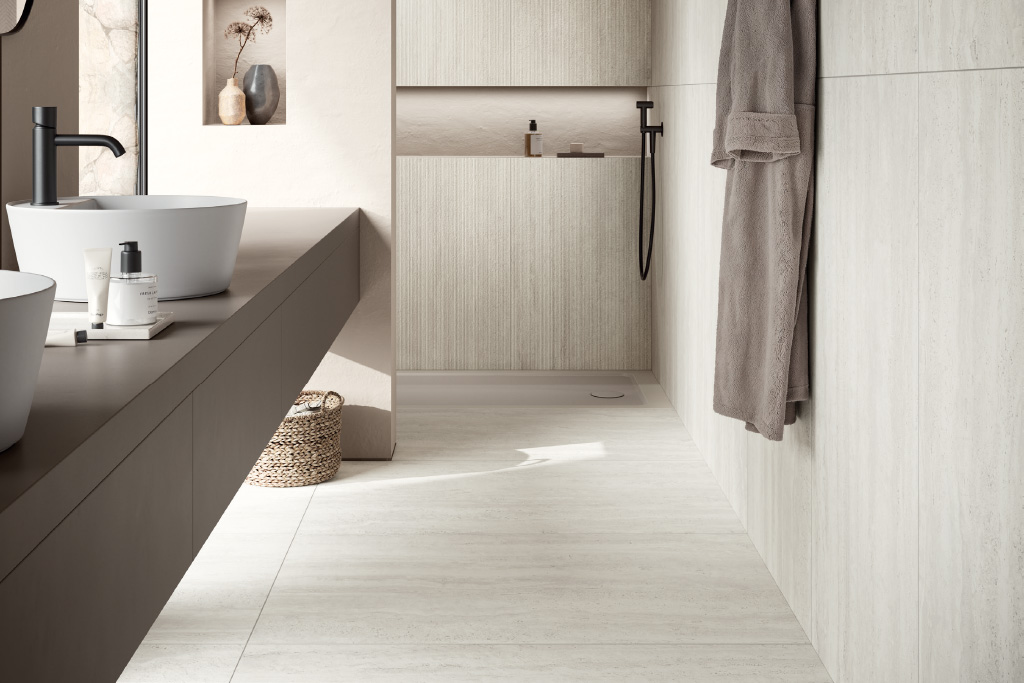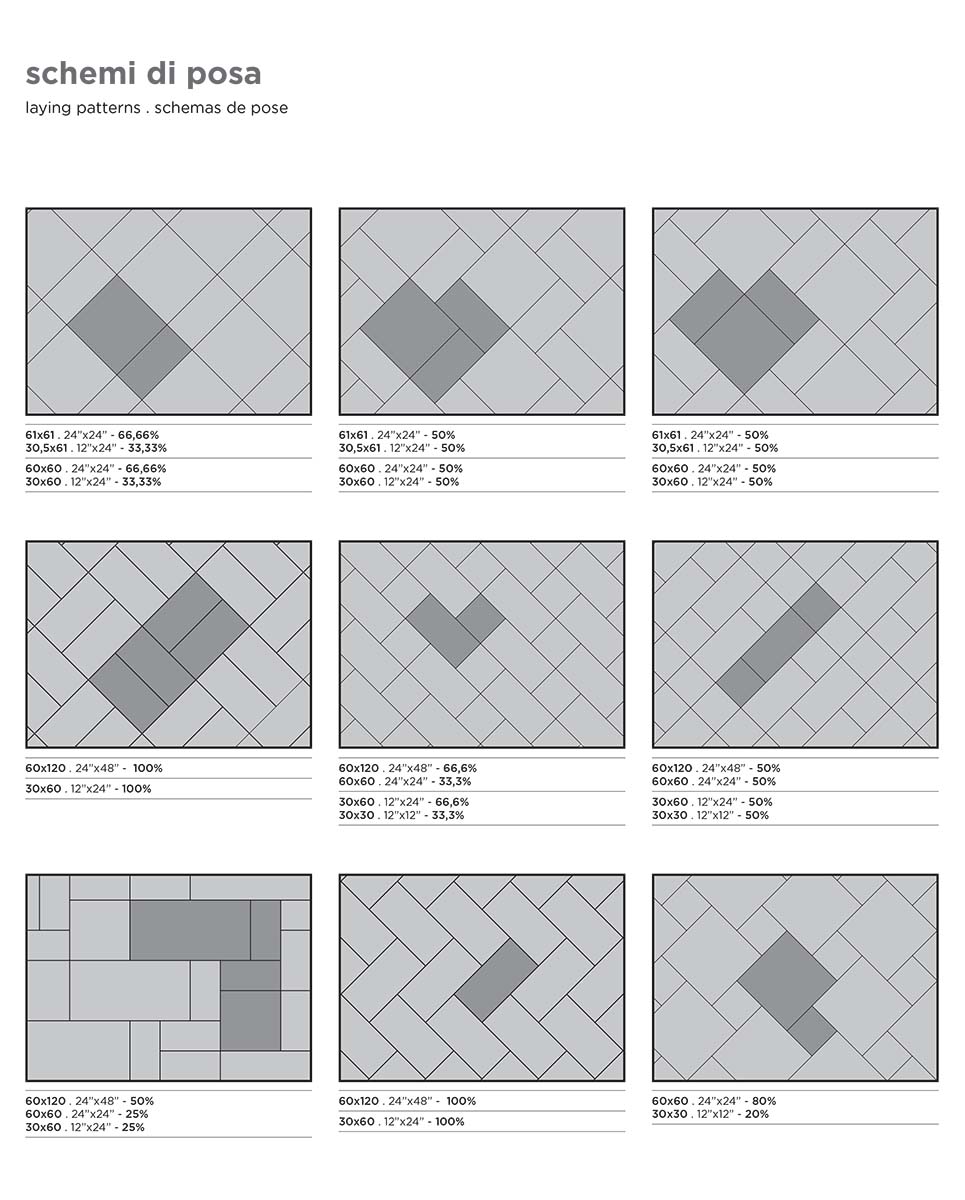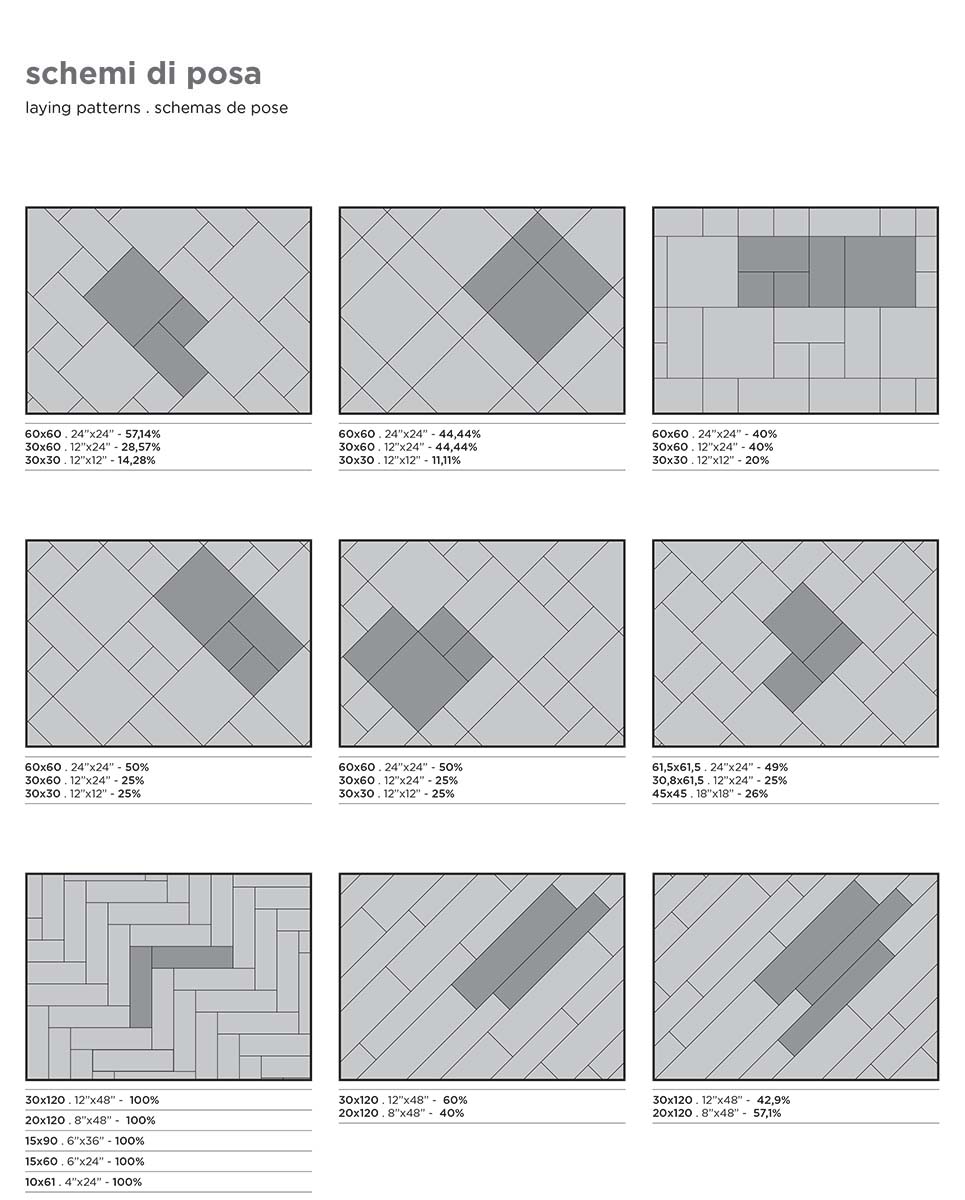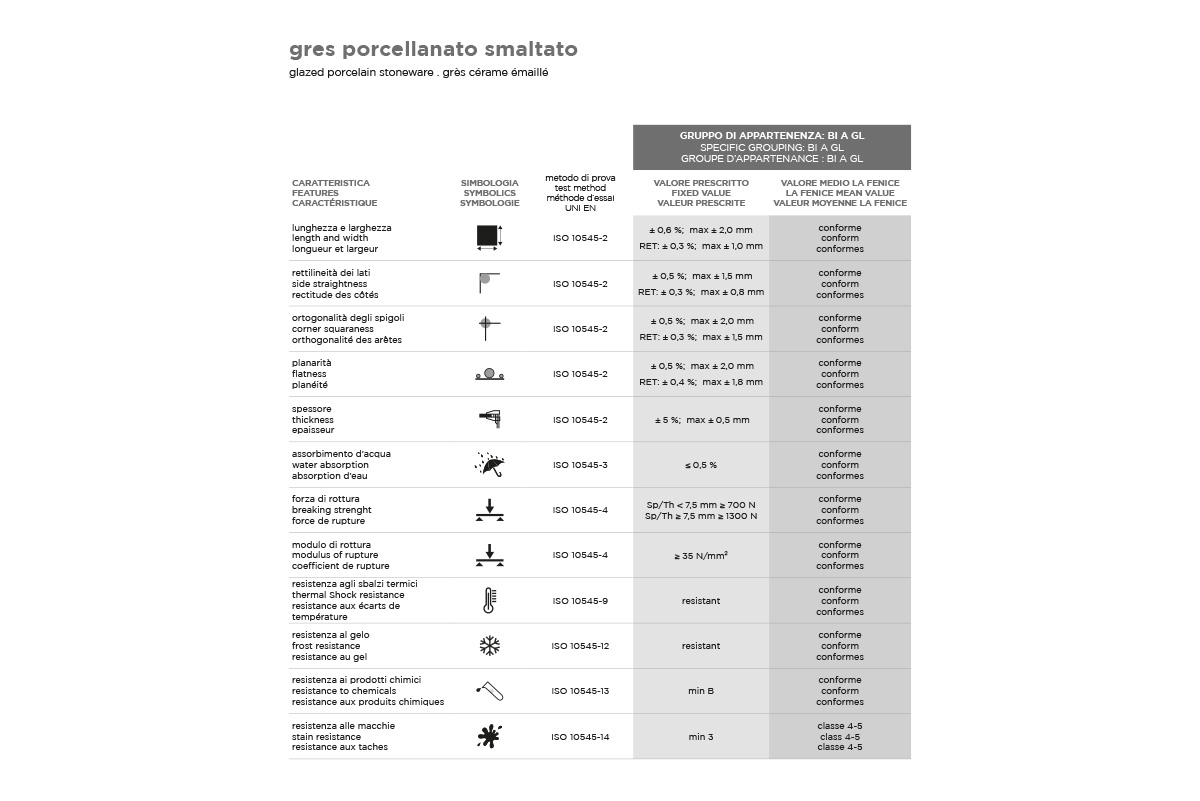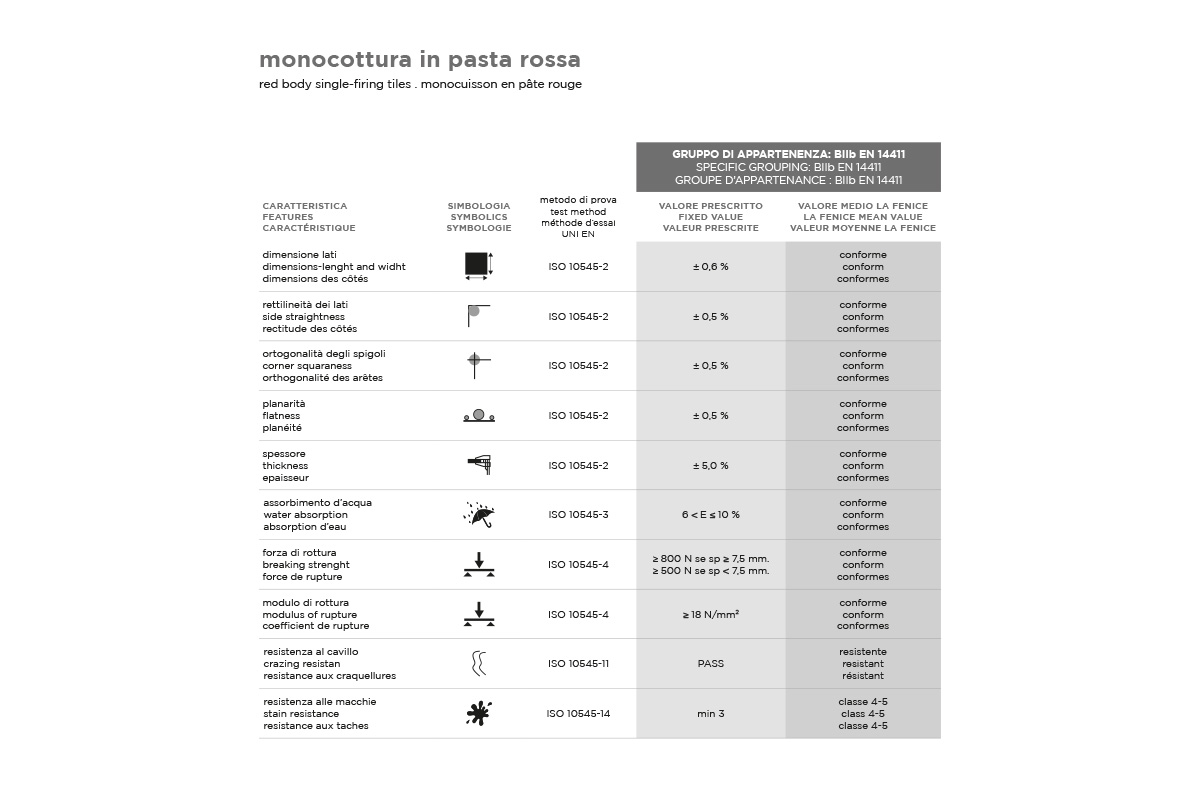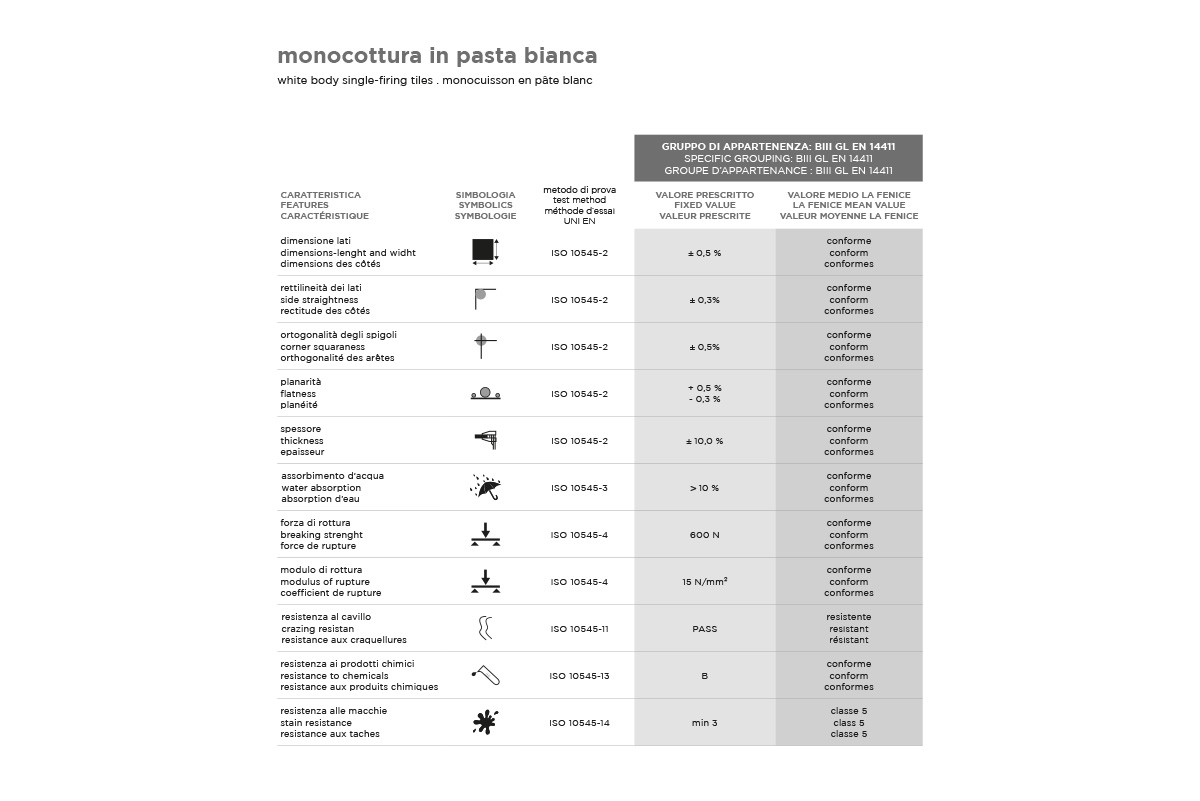Zone Technique
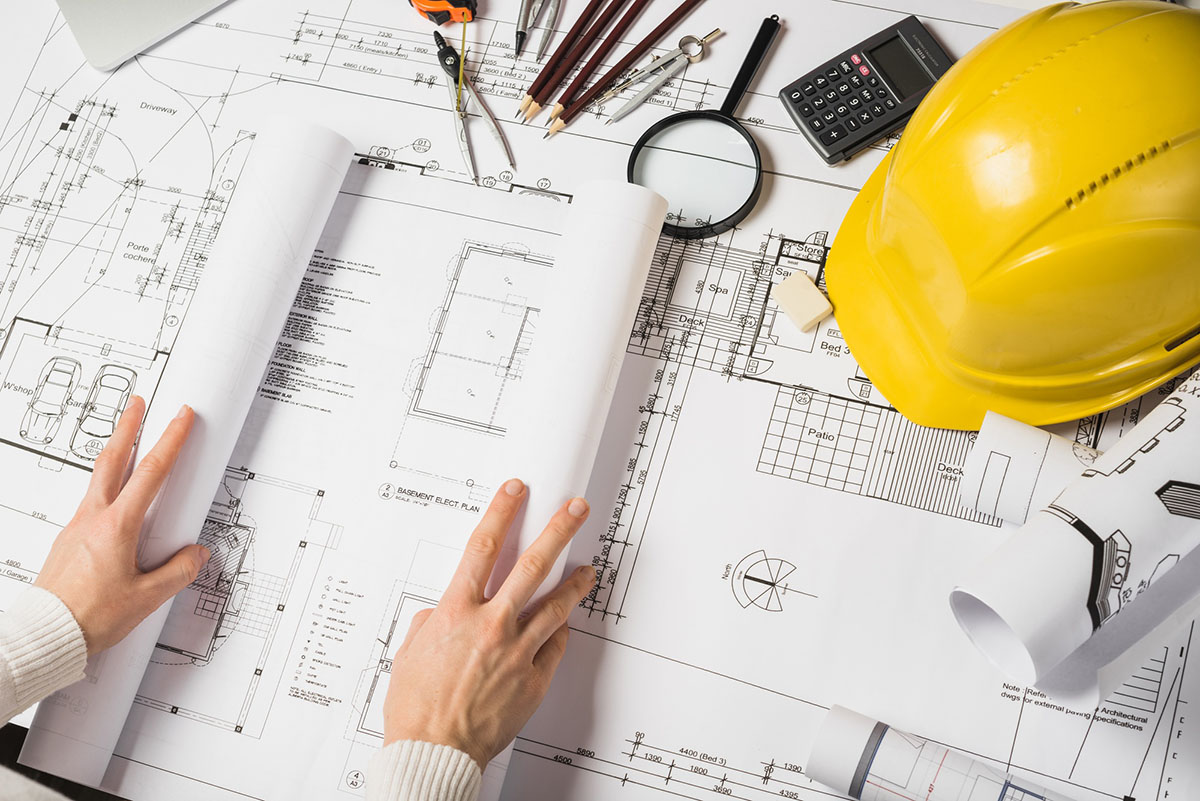
Il est recommandé de toujours prêter attention aux risques éventuels résultant de l’exécution des travaux liés à la pose des revêtements de sol:
-
- Pour toutes les phases de coupe, il faut adopter des modalités de travail qui empêchent, dans la mesure du possible, le développement des poussières; pour ce faire il est préférable la coupe humide ou fendue. Les carreaux sont des objets monolithiques, mais peuvent générer de la poussière si coupés à sec (méthode non recommandée) et pourraient générer un danger potentiel en raison du développement de silice cristalline respirable. Dans ces cas, une protection des voies respiratoires, des mains et des yeux ou des systèmes d’aspiration des poussières produites peuvent être nécessaires pour éviter une exposition excessive aux particules en suspension dans l’air.
- Suivez les mêmes mesures lorsque la poussière est produite par toute autre opération, comme des projets de démolition/enlèvement.
- Il est recommandé d’utiliser des dispositifs spéciaux de protection des mains contre les risques de coupure liés tant aux équipements de travail qu’à la manipulation de carreaux cassés ou coupés, qui peuvent être particulièrement tranchants.
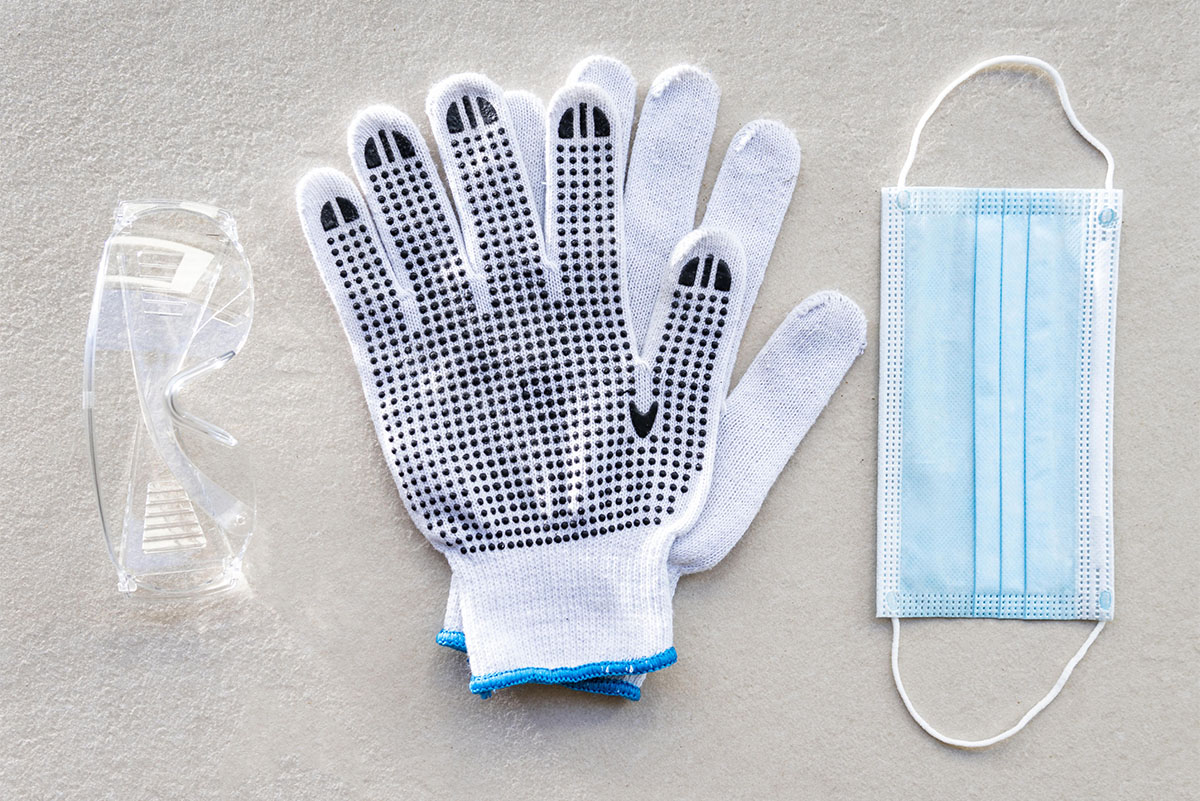
-
- When handling the material, we recommend the use of safety shoes to protect against falling objects.
- Protect your hearing when using noisy equipment.
- When handling packs or boxes of tiles, check the weight of the material and adopt specific methods in order to avoid risks from manual loads handling
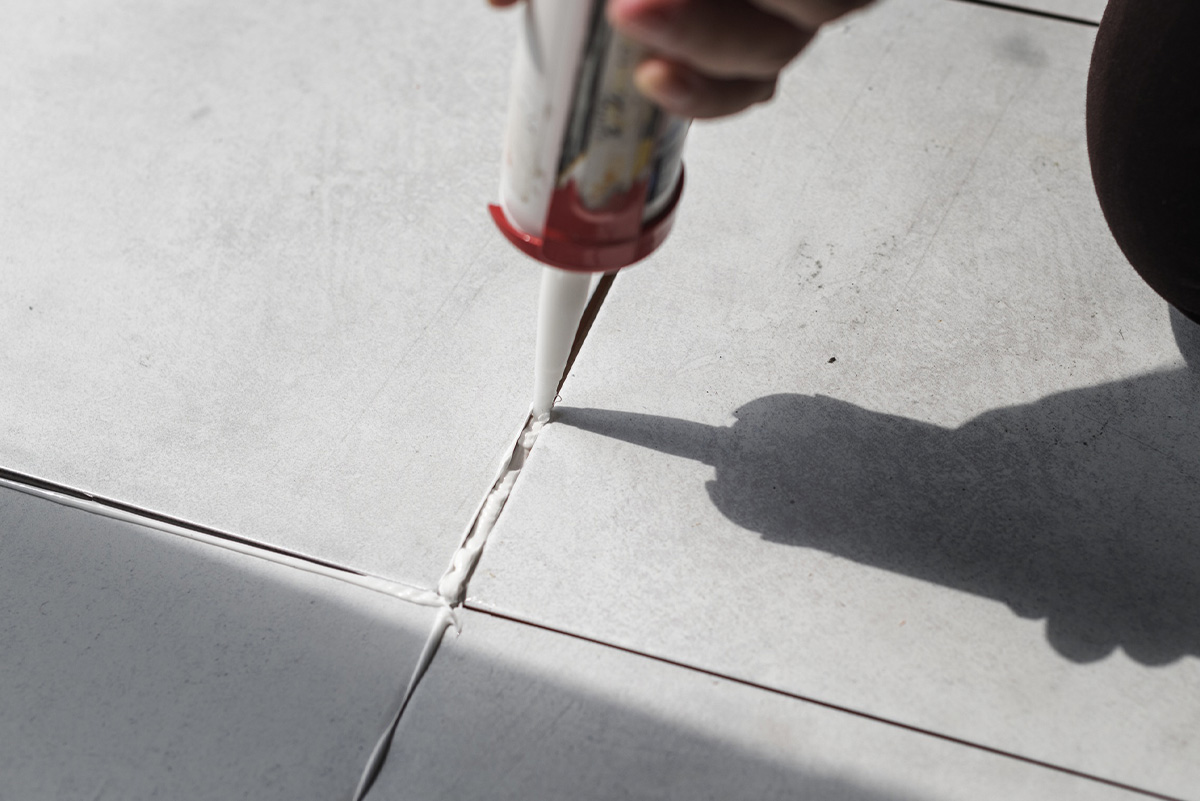
La largeur des joints doit être établie, dans la
conception, en prenant en compte une série multiple d’aspects tels que :
- type et format des carreaux
- tolérances dimensionnelles des carreaux
- mécaniques des matériaux de pose (adhésif, matériau de jointure);
- caractéristiques mécaniques du support (rigidité, stabilité dimensionnelle) ;
- environnement de destination (intérieur/extérieur),
- conditions de fonctionnement prévues.
Il est recommandé d’adopter un joint d’au moins 3-4 mm pour les matériaux en grès cérame non rectifié et d’au moins 7 mm pour les matériaux en monocuisson en pâte rouge.
Pour la pose de matériaux rectifiés, il convient de maintenir un joint minimal de 2 mm.
En ce qui concerne les matériaux de formats rectangulaires longs et étroits spécialement pour les formats 15×60 cm, 15×90 cm aussi bien que 20×120 cm, etc. il est conseillé de poser le matériel à courir avec intervalle de 6 à 15 cm comme indiqué ci-dessous.
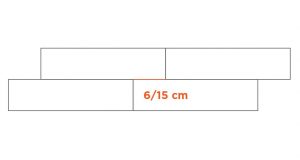
Pour les matériaux rectangulaires ou les grands formats il est conseillé d’utiliser de coins ou d’autres systèmes auto-nivelants, afin de garantir le meilleur résultat esthétique.
L’installateur est également responsable de l’entretien et de la protection de l’ouvrage et des matériaux pendant et après l’installation et jusqu’à la livraison.
Il est recommandé de protéger soigneusement le sol posé. Si d’autres travaux sont à faire sur le chantier, il est conseillé, une fois la pose terminée, de couvrir le sol afin de le protéger.
Une bonne exécution des opérations de pose est indispensable pour assurer un résultat final parfait.
La pose doit être effectuée par un personnel
qualifié qui, en plus de l’exécution correcte des
travaux de pose conformément au projet, est
également responsable de vérifier la qualité des
matériaux (carreaux, adhésifs, etc.), l’état du support
aussi bien que le stockage des matériaux… Lors du choix de l’adhésif le plus approprié, il est recommandé de suivre les instructions et les modalités d’application de la société productrice de la colle elle-même.
Afin d’éviter des fissures et des soulèvements, il est nécessaire de prévoir la conception et l’exécution correctes des joints, compte tenu que cela influence de manière décisive la qualité et la durée des matériaux posés. Les carreaux doivent être ramassés dans différentes boîtes et toujours vérifiés avant la pose.
Le poseur est également responsable du soin et de la protection des travaux et des matériaux pendant et après la pose et jusqu’à la fin des travaux. En cas de défauts, le poseur est tenu de les signaler avant d’entreprendre la pose.
En cas de défauts, le poseur est tenu de les signaler avant d’entreprendre la pose.
Toute contestation sur le matériel déjà posé ne sera donc pas acceptée.
Title
Une fois la pose terminée, le poseur doit effectuer un nettoyage minutieux pour enlever les patines et les résidus de mortier, de colle et de jointoiement laissés sur le sol posé.
Ce nettoyage est d’une importance fondamentale pour obtenir un effet esthétique élevé en plus de garantir une plus grande résistance aux taches et à la saleté.
Ce nettoyage doit être effectué avec soin et dans les règles de l’art avec des produits spécifiques, en suivant scrupuleusement les indications d’utilisation des fournisseurs, afin que tout résidu de mortier, colle ou jointement soit éliminé.
Laver le sol avec de l’eau seule ne suffit pas; de même qu’il est déconseillé d’utiliser des substances trop agressives.
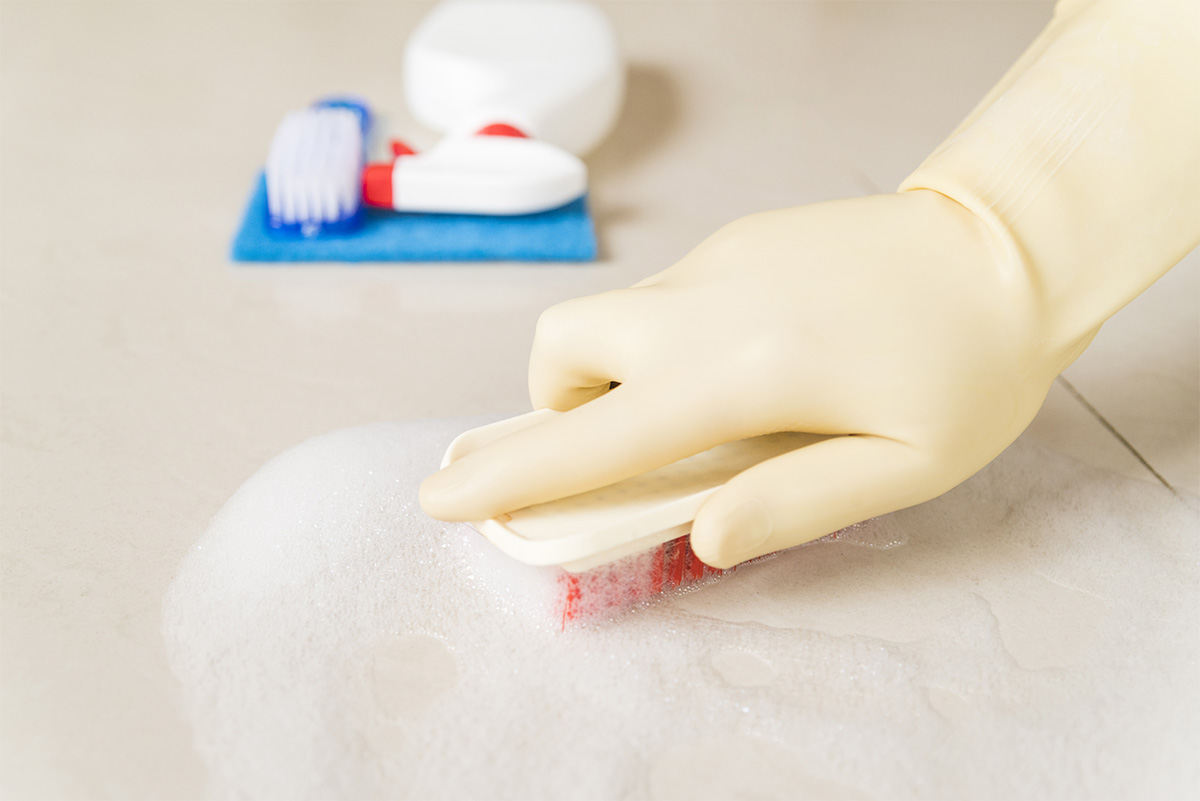

Utiliser des détergents plus agressifs uniquement et exclusivement dans le cas de taches particulières, très persistantes ou difficiles à éliminer, en les diluant selon les indications du fabricant et en fonction du type de saleté à éliminer.
N’utilisez jamais de produits contenant de l’acide fluorhydrique. Dans le cas des sols en Grès Cérame Poli et/ou Lappato, pour une meilleure conservation du lustre original du sol, il est conseillé de protéger l’entrée de la pièce pavée. En particulier, en cas d’entrée est en communication directe avec les espaces extérieurs il serait preferable de place un paillasson qui puisse retenir le plus possible les poussières ou autres substances abrasives hors du sol. Il serait préférable d’utiliser des chaussures douces et propres et, après lavage, étaler uniformément un produit d’étanchéité commun.
Pour nettoyer en profondeur les joints, vous pouvez utiliser la vapeur. Dirigez le jet sur les joints et laissez la chaleur agir. À la fin de l’opération, passez un chiffon sec pour avoir des joints et des carreaux propres et désinfectés.
Après le nettoyage à faire après la pose, le sol est prêt à l’emploi et la seule chose à faire est d’effectuer périodiquement un simple entretien ordinaire.
La plupart des taches et de la saleté peuvent être éliminées simplement avec de l’eau chaude. L’utilisation de chiffons en microfibre, en plus d’éliminer rapidement la saleté et les éventuels résidus superficiels, permet de nettoyer la surface sans utiliser de détergent.
Alternativement, vous pouvez utiliser de l’eau et des détergents neutres, exempts de cires et très dilués.
Cela permet de limiter l’utilisation de produits chimiques dangereux pour les personnes ou polluants pour l’environnement.
L’emballage primaire du matériel est en carton recyclé et 100% recyclable. Même le les emballages utilisés pour la protection et l’expédition du matériel (plastique et bois) peuvent être lancés en affaires de récupération.
Il est recommandé de diviser soigneusement les différents matériaux d’emballage (papier, plastique et bois) et de les éliminer selon les méthodes établies par le pays/la municipalité dans lequel vous opérez.
Les chutes et déchets de carrelage résultant des activités de pose, ainsi que ceux résultant des activités de démolition, sont des matériaux totalement inertes et peuvent être livrés à des entreprises spécialisées et autorisées qui les réutilisent pour diverses activités.
